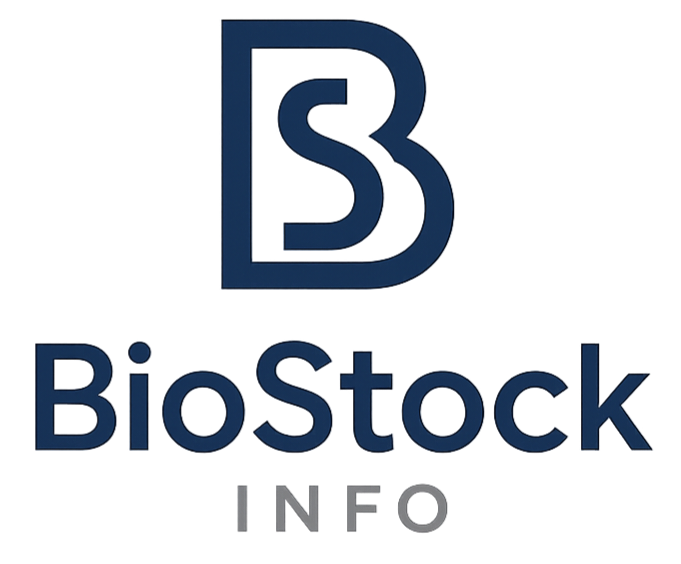CGTX Part 1 : The Alzheimer's Gauntlet & Cognition's Second Big Chance
Cognition Therapeutics is attempting to succeed where giants have stumbled. After a dramatic clinical setback, a key discovery has given its lead drug a new, targeted path forward in the world's most challenging disease.

The Graveyard of Giants
Alzheimer’s Disease (AD) has consistently presented a significant challenge for pharmaceutical companies of all sizes. For decades, it has been a veritable "graveyard of giants," a field littered with hundreds of failed clinical trials and billions of dollars in lost investment. Even recent breakthroughs from titans like Biogen and Eli Lilly, while historic, have been tempered by challenges. Their powerful antibody treatments, which clear amyloid plaques from the brain, have shown modest clinical benefits but come with the risk of serious side effects like ARIA (amyloid-related imaging abnormalities), requiring careful monitoring.
This high-risk, high-failure environment creates a landscape where innovation is both essential and perilous. We’ve seen cautionary tales like Cassava Sciences, which soared on promising early data before facing intense scrutiny that erased the majority of its value. It’s against this daunting backdrop that smaller, more agile biotechs like Cognition Therapeutics (NASDAQ: CGTX) are attempting to forge a new path.
A Different Approach - Introducing CT1812
Instead of targeting the amyloid plaques that have been the focus for decades, Cognition's lead candidate, CT1812, works through a novel mechanism. It is a first-in-class, orally available, small-molecule drug that targets the sigma-2 (S2R) receptor complex.
Think of it this way: In a healthy brain, synapses—the connections between neurons—are constantly being repaired and maintained. In Alzheimer's, toxic proteins (amyloid beta oligomers) disrupt this process, causing synaptic damage and cognitive decline long before plaques even form. CT1812 acts as a receptor antagonist, effectively displacing these toxic proteins from synapses and allowing the brain's natural protective mechanisms to resume their work. The key appeal is twofold: it’s a potential synapto-protective agent that works upstream of plaque formation, and it's a simple oral pill, a massive advantage over the infused antibodies currently on the market.
The Brink of Failure - A Disappointing SHINE
With this promising science, expectations were high for the Phase 2 SHINE study in patients with mild-to-moderate AD. However, in July 2024, the company announced that the trial had missed its primary endpoint. The top-line data did not show a statistically significant cognitive benefit over placebo for the overall study population.
For any other company in the Alzheimer's space, this would typically be a fatal blow. The market reacted swiftly and negatively, as is common in such situations. On the surface, it appeared that CT1812 was destined to become another casualty in the AD graveyard.
The Silver Lining - A Biomarker Breakthrough
But the story didn't end there. In a subsequent post-hoc analysis of the trial data, the CGTX team uncovered a critical finding that re-framed the entire program. While the overall group showed no benefit, a specific, prespecified subgroup of patients demonstrated a remarkable and clinically meaningful benefit. This group consisted of patients who had lower baseline levels of a key biomarker called phosphorylated Tau at threonine 217 (p−tau217).
What is p−tau217? In simple terms, it's one of the most sensitive and specific biological markers for identifying Alzheimer's pathology in the brain. Higher levels correlate with a greater burden of tau tangles and more advanced disease.
The SHINE data strongly suggested that CT1812's protective mechanism is most effective in patients before this pathology becomes too advanced. In patients with plasma p−tau217 levels below the median, CT1812 showed compelling results over just six months:
- An approximate 95% slowing of cognitive decline as measured by ADAS-Cog11 (a standard tool for assessing cognition in Alzheimer's trials).
- A 108% slowing of decline on the MMSE (another widely used cognitive test), suggesting not just a halt in decline but a slight improvement relative to placebo.
- Favorable changes in other key biomarkers, including reductions in GFAP and NfL (markers of neuroinflammation and neuronal damage, respectively), suggesting the drug was having a positive biological effect on the brain's health.
This was the "smoking gun." The data provided a clear, quantifiable signal of the drug's potent effect in a specific, identifiable patient population. It wasn't that the drug didn't work; it was that it worked exceptionally well when targeted correctly.
A New Path Forward with the FDA
Armed with this powerful new data, Cognition Therapeutics met with the U.S. Food and Drug Administration (FDA). The outcome was highly positive. The FDA aligned with the company's plan to move forward into a pivotal Phase 3 program, but with a crucial new design:
- Two shorter, 6-month Phase 3 trials.
- These trials will exclusively enroll patients with low baseline levels of p−tau217—the very population where the drug showed the most promise.
Cognition Therapeutics has masterfully turned a near-fatal setback in Alzheimer's into a targeted, high-stakes shot on goal. This newfound clarity gives them a fighting chance in the industry's toughest arena. But to truly understand the company's value, one must look beyond this single battle. In Part 2, we uncover the hidden potential in CT1812's pipeline that could make the Alzheimer's program just the tip of the iceberg.
Disclaimer
The information provided on this website is for informational purposes only and should not be construed as
financial, investment, legal, or professional advice. While efforts are made to ensure accuracy, no guarantee
is given regarding completeness or reliability. Visitors should conduct their own research or consult a qualified
advisor before making any decisions. External links are provided for convenience and do not imply endorsement.
